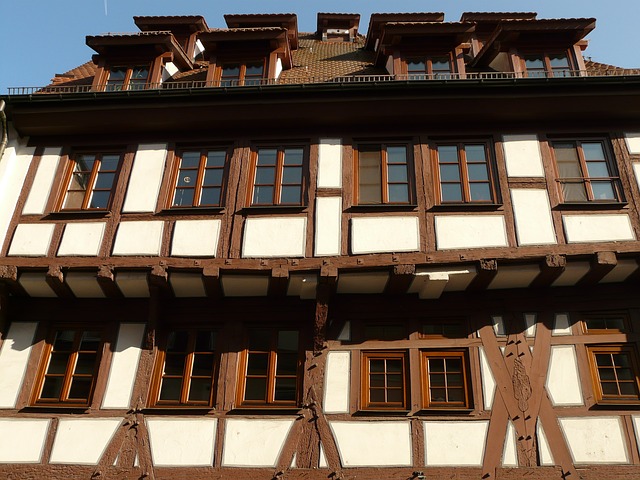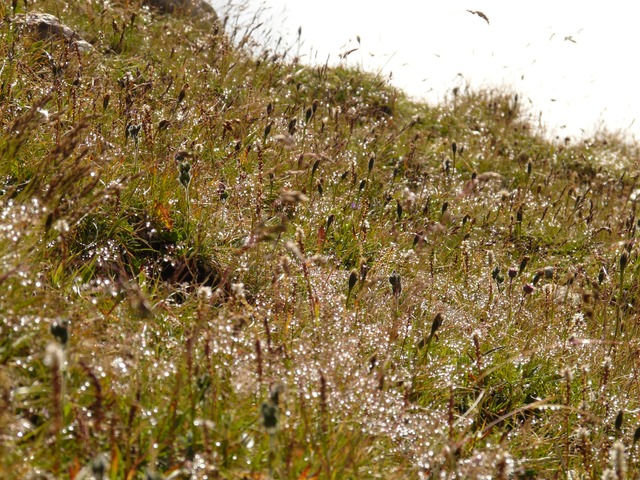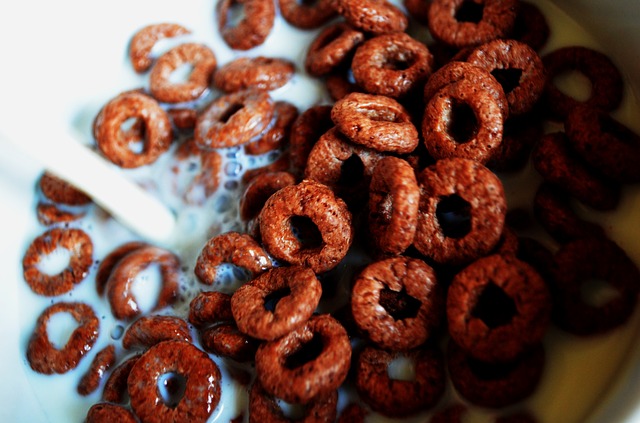أكسيد فائق
الأكسيد الفائق Superoxide هوأنيون نشيط كما انه جذر حر وله الصيغة O2-. ويتم الحصول عليه بطريقة بسيطة من حرق الروبيديوم أوالسيزيوم في الأكسجين. كما حتى هناك عديد من الأكاسيد الفائقة الأخرى المعروفة مثل فائق أكسيد البوتاسيوم. والأكاسيد الفائقةقد يكون بها إلكترون غير مزدوج, كما أنها غير ثابتة وتتحلل تلقائيا إلى بيروكسيد وأكسجين بمرور الوقت. وتتكون الأكاسيد الفائقة في البلعوم بكميات كبيرة بإنزيم NADPH أوكسيداز لإستخدامه في طرق المقاومة المعتمدة على الأكسجين. كما تستخدم الأكاسيد الفائقة في تحديد الزمن والأكسدة البيروكسيدية لليبيدات.
ويتم إكتساح الأكاسيد الفائقة بإنزيم أكسيد ديسميوتاز الفائق, أوSOD. وبالرغم من حتى معدل تفاعل SOD قريب من معدل الإنحلال التلقائي, فإن توقف SOD الجيني يسبب تكون حالة ظاهرية للكائنات من البكتريا وصولا للفئران (تموت الفئران في فترة تصل إلى 21 يوما بعد مولدها لوتعطل المتغير الميتوكوندريا الخاص بإنزيم SOD. كما حتى الإختلاف الظاهر بين البيانات الحركية والحيوية يمكن حتى يتم تفسيره بأن عدم وجود الطفرةقد يكون الرتبة الثانية بالنسبة لهجريز الأكسيد الفائق بينما الأكسيد الفائق الذى تم حفزه عن طريق SODقد يكون له الرتبة الأولى, أى حتى معدلات الأكسيد الفائق يمكن حتى تقل بشدة بواسطة SOD.
ويستخدم أكسيد البوتاسيوم الفائق كمصدر للأكسجين في مولدات الأكسجين الكيميائية.
الخصائص
Superoxides are compounds in which the oxidation number of oxygen is −1⁄2. The O–O bond distance in O−2 is 1.33 Å, vs. 1.21 Å in O2 and 1.49 Å in O2−2.
The salts , , , and are prepared by the direct reaction of O2 with the respective alkali metal. The overall trend corresponds to a reduction in the bond order from 2 (O2), to 1.5 (O−2), to 1 (O2−2).
The alkali salts of O−2 are orange-yellow in color and quite stable, provided they are kept dry. Upon dissolution of these salts in water, however, the dissolved O−2 undergoes disproportionation (dismutation) extremely rapidly (in a pH-dependent manner):
- 4 O−2 + 2 H2O → 3O2 + أربعة OH−
This reaction (with moisture and carbon dioxide in exhaled air) is the basis of the use of potassium superoxide as an oxygen source in chemical oxygen generators, such as those used on the space shuttle and on submarines. Superoxides are also used in firefighters' oxygen tanks in order to provide a readily available source of oxygen.
In this process O−2 acts as a Brønsted base, initially forming the radical ·. But the of its conjugate acid, hydrogen superoxide (HO2·, also known as "hydroperoxyl" or "perhydroxy radical"), is 4.88 so that at neutral pH 7 all but 0.3% of superoxide is in the anionic form, O−2.
Potassium superoxide can be dissolved in dimethyl sulfoxide (facilitated by crown ethers) and is stable as long as protons are not available. Superoxide can also be generated in aprotic solvents by cyclic voltammetry.
Salts also decompose in the solid state, but this process requires heating:
- 2 NaO2 → Na2O2 + O2
The derivatives of dioxygen, O2, have characteristic O–O distances that correlate with the bond order of the O–O bond.
| Dioxygen compound | name | O–O distance (Å) | O–O bond order |
|---|---|---|---|
| O+2 | dioxygenyl cation | 1.12 | 2.5 |
| O2 | dioxygen | 1.21 | 2 |
| O−2 | superoxide | 1.28 | 1.5 |
| O2−2 | peroxide | 1.49 | 1 |
فهم الأحياء
Superoxide is biologically quite toxic and is deployed by the immune system to kill invading microorganisms. In phagocytes, superoxide is produced in large quantities by the enzyme NADPH oxidase for use in oxygen-dependent killing mechanisms of invading pathogens. Mutations in the gene coding for the NADPH oxidase cause an immunodeficiency syndrome called chronic granulomatous disease, characterized by extreme susceptibility to infection, especially catalase positive organisms. In turn, micro-organisms genetically engineered to lack superoxide dismutase (SOD), lose virulence. Superoxide is also deleteriously produced as a byproduct of mitochondrial respiration (most notably by Complex I and Complex III), as well as several other enzymes, for example xanthine oxidase.
Because superoxide is toxic, nearly all organisms living in the presence of oxygen contain isoforms of the superoxide scavenging enzyme, superoxide dismutase, or SOD. SOD is an extremely efficient enzyme; it catalyzes the neutralization of superoxide nearly as fast as the two can diffuse together spontaneously in solution. Other proteins, which can be both oxidized and reduced by superoxide, have weak SOD-like activity (e.g. hemoglobin). Genetic inactivation ("knockout") of SOD produces deleterious phenotypes in organisms ranging from bacteria to mice and have provided important clues as to the mechanisms of toxicity of superoxide in vivo.
Yeast lacking both mitochondrial and cytosolic SOD grow very poorly in air, but quite well under anaerobic conditions. Absence of cytosolic SOD causes a dramatic increase in mutagenesis and genomic instability. Mice lacking mitochondrial SOD (MnSOD) die around 21 days after birth due to neurodegeneration, cardiomyopathy and lactic acidosis. Mice lacking cytosolic SOD (CuZnSOD) are viable but suffer from multiple pathologies, including reduced lifespan, liver cancer, muscle atrophy, cataracts, thymic involution, haemolytic anemia and a very rapid age-dependent decline in female fertility.
Superoxide may contribute to the pathogenesis of many diseases (the evidence is particularly strong for radiation poisoning and hyperoxic injury), and perhaps also to aging via the oxidative damage that it inflicts on cells. While the action of superoxide in the pathogenesis of some conditions is strong, for instance, mice and rats overexpressing CuZnSOD or MnSOD are more resistant to strokes and heart attacks, the role of superoxide in aging must be regarded as unproven for now. In model organisms (yeast, the fruit fly Drosophila and mice), genetically knocking out CuZnSOD shortens lifespan and accelerates certain features of aging (cataracts, muscle atrophy, macular degeneration, thymic involution), but the converse, increasing the levels of CuZnSOD, does not seem (except perhaps in Drosophila), to consistently increase lifespan. The most widely accepted view is that oxidative damage (derived amongst other factors, from superoxide) is but one of several factors limiting lifespan.
المصادر
- ^ Holleman, A.F. (2001). Inorganic chemistry (1st English ed., [edited] by Nils Wiberg. ed.). San Diego, Calif. : Berlin: Academic Press, W. de Gruyter. ISBN .
- ^ نطقب:Cotton&Wilkinson5th
- ^ Abrahams, S. C.; Kalnajs, J. (1955). "The Crystal Structure of α-Potassium Superoxide". Acta Crystallographica. 8: 503–506. doi:10.1107/S0365110X55001540.
- ^ Muller, F. L., Lustgarten, M. S., Jang, Y., Richardson, A. and Van Remmen, H. (2007). "Trends in oxidative aging theories". Free Radic. Biol. Med. 43 (4): 477–503. doi:10.1016/j.freeradbiomed.2007.03.034. PMID 17640558.CS1 maint: multiple names: authors list (link)
- ^ Muller, F. L., Lustgarten, M. S., Jang, Y., Richardson, A. and Van Remmen, H. (2007) Trends in oxidative aging theories. Free Radic. Biol. Med. 43, 477-503
قراءات اضافية
- McCord, J. M.; Fridovich, I. Superoxide dismutase. An enzymic function for erythrocuprein (hemocuprein). J. Biol. Chem. 244:6049-6055.; 1969.
- Li, Y. et al. Dilated cardiomyopathy and neonatal lethality in mutant mice lacking manganese superoxide dismutase. Nat. Genet. 11:376-381; 1995.
- Elchuri, S. et al. CuZnSOD deficiency leads to persistent and widespread oxidative damage and hepatocarcinogenesis later in life. Oncogene 24:367-380; 2005.
- Muller, F. L.; et al. Absence of CuZn superoxide dismutase leads to elevated oxidative stress and acceleration of age-dependent skeletal muscle atrophy. Free Radic. Biol. Med. 40:1993-2004; 2006.
- Muller, F. L., Lustgarten, M. S., Jang, Y., Richardson, A. and Van Remmen, H. (2007) Trends in oxidative aging theories. Free Radic. Biol. Med. 43, 477-503
شاهد أيضا
- أكسجين، O2
- أوزونيد، O3-
- پروكسيد، O22-
- أكسيد، O2-
- دايأوكسيجنيل O2+
- Antimycin A – used in fishery management, this compound produces large quantities of this free radical.
- Paraquat – used as a herbicide, this compound produces large quantities of this free radical.
- Xanthine oxidase – This form of the enzyme xanthine dehydrogenase produces large amounts of superoxide.
المصادر
- ويكيبيديا الإنجليزية.
















